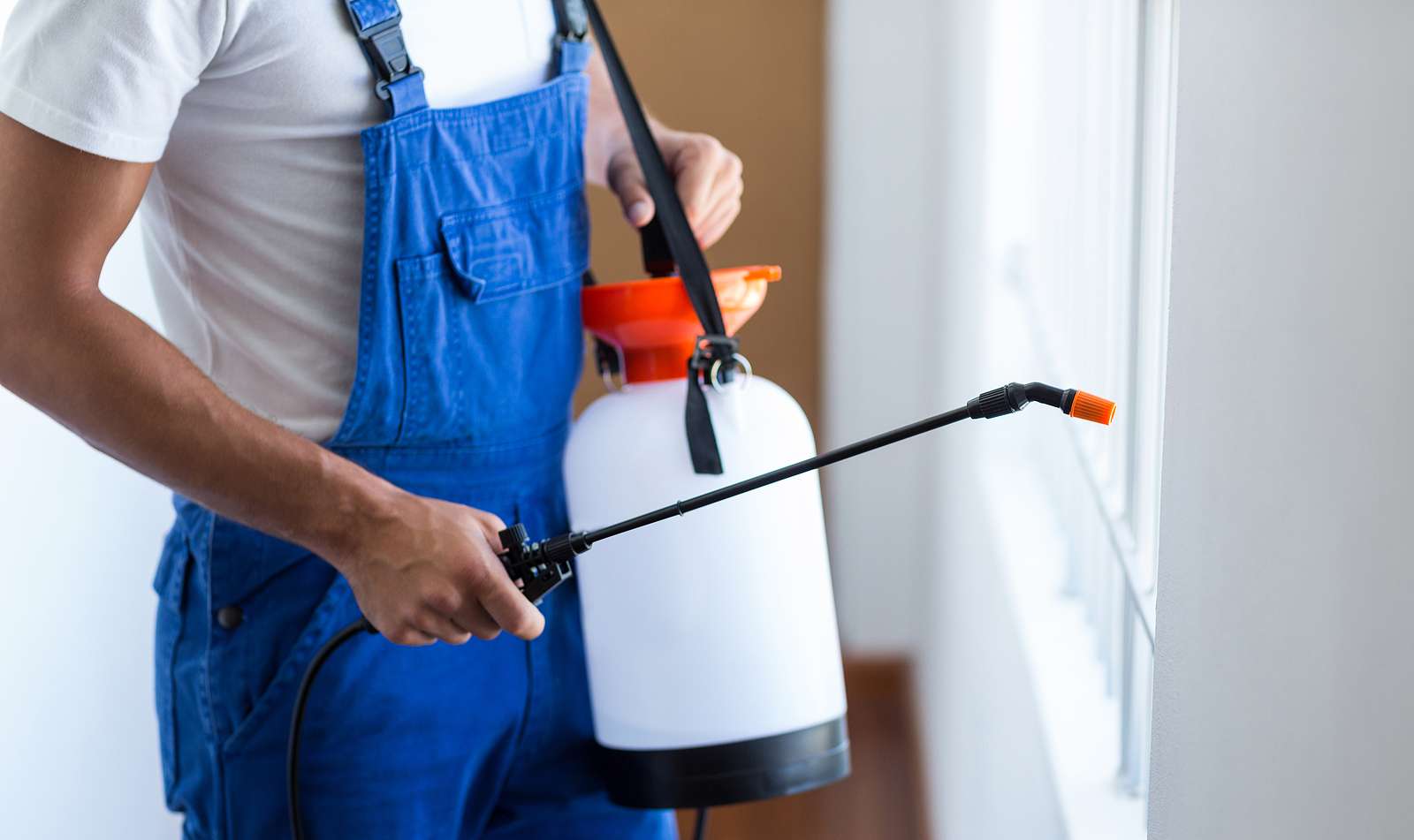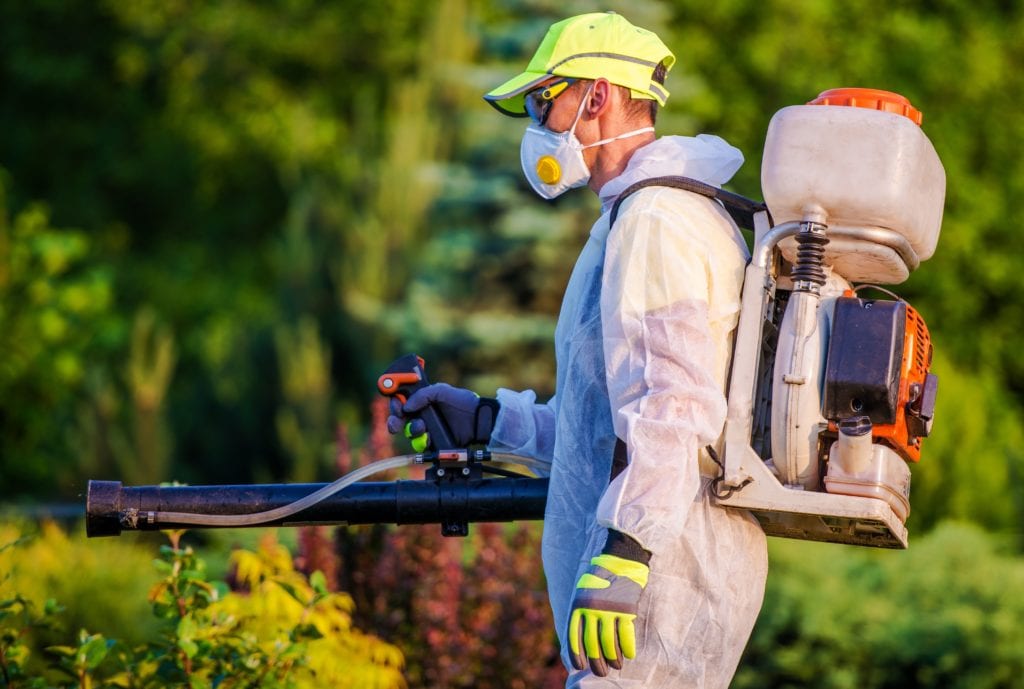Trusted Exterminator Near Me: Your Local Pest Control Service!
Professional Parasite Control Techniques for Long-Term Results
In the realm of pest control, attaining sustained efficiency and long-lasting results needs a meticulous strategy that transcends mere elimination. Professional bug control techniques envelop an extensive approach that begins with a detailed evaluation and analysis, followed by exact pest recognition to recognize their habits patterns. The implementation of Integrated Bug Management (IPM) principles, paired with eco-conscious treatments, develops the keystone of sustainable bug removal. Nonetheless, real examination depends on the recurring monitoring and maintenance of the dealt with areas, making sure a pest-free setting for the near future. By delving right into the complexities of these strategies, a much deeper understanding of professional insect control techniques for sustaining end results emerges.
Assessment and Evaluation
Upon entering a building for insect control services, the initial step is a detailed inspection and assessment to recognize the level of the problem and figure out one of the most reliable therapy plan. Professional insect control technicians are trained to meticulously check out the facilities, trying to find indications of pest activity such as droppings, chomp marks, nests, or any kind of structural damages. They will also examine the problems that might be drawing in parasites, such as food resources, water leaks, or entrance factors.

Insect Recognition and Actions

Moreover, comprehending the habits of the identified insect is key to applying efficient control measures. Knowing where bugs nest, what they feed on, and their activity patterns can assist pest control specialists design techniques to eradicate them successfully.
Integrated Bug Administration (IPM)
Integrated Parasite Management (IPM) approaches integrate several techniques to regulate and prevent insect invasions in a lasting and ecologically pleasant manner. exterminator near me. By integrating approaches such as biological control, environment manipulation, adjustment of social techniques, and making use of resistant selections, IPM aims to decrease using chemical pesticides
One of the crucial principles of IPM is the focus on avoidance. This positive approach includes tracking parasite populations frequently to identify any prospective issues before they intensify. By recognizing parasite problems early, pest control actions can be implemented swiftly and effectively.
Additionally, IPM promotes using non-toxic insect control techniques whenever possible. This can include employing natural killers of the bugs, presenting advantageous insects, or using pheromones to anonymous disrupt mating patterns. By decreasing reliance on chemical pesticides, IPM not only protects the environment but also helps preserve a balance in the ecological community.
Environmentally-Friendly Therapies
Executing eco-conscious techniques in pest control procedures can properly resolve problems while focusing on more tips here ecological sustainability. Environmentally-friendly therapies concentrate on lessening the effect of pest control methods on ecosystems, non-target microorganisms, and human health and wellness. These techniques typically involve making use of all-natural predators, such as ladybugs or nematodes, to regulate pest populaces, decreasing the need for chemical treatments. Furthermore, techniques like habitat control, such as adjusting wetness levels or removing food resources, can assist deter pests without using unsafe compounds.
An additional secret facet of environmentally-friendly treatments is using organic and eco-friendly products that damage down rapidly without leaving unsafe residues in the environment. Agricultural insecticides stemmed from plants like chrysanthemums or neem offer efficient bug control while posing very little threat to non-target species. Utilizing techniques like warm therapies or scent catches can target details insects with precision, minimizing the total ecological influence of parasite control techniques.
Recurring Tracking and Maintenance
Continual security and upkeep are vital elements of efficient insect control management. Continuous monitoring plays a crucial role in making sure that parasite invasions are identified very early and dealt with promptly. Regular inspections by trained professionals are necessary to recognize any signs of pest task, analyze the performance of previous therapies, and make modifications to the insect control plan as required. By see this page checking parasite populations over time, parasite control specialists can track patterns, anticipate potential concerns, and carry out safety nets to reduce the risk of future problems.
In addition to tracking, upkeep practices are important for long-lasting parasite control success. This consists of carrying out appropriate cleanliness procedures to remove potential food and water sources for bugs, securing off access points to protect against pests from entering the facilities, and attending to any kind of architectural concerns that could facilitate insect problems (bed bug heat treatment). By integrating continuous tracking and maintenance into an integrated insect administration technique, services can ensure a pest-free environment and protect their property versus pricey damages and wellness dangers
Final Thought
In final thought, using specialist parasite control strategies such as thorough inspection and analysis, exact bug identification and understanding of their behavior, incorporated parasite administration techniques, environmentally-friendly treatments, and recurring tracking and maintenance are important for achieving lasting lead to pest control. By applying these techniques, individuals can effectively take care of insect infestations and keep a pest-free atmosphere in a sustainable manner.